
The Seam Ripper Is Your Friend
No sewist wants to talk about it—but every sewist does it………
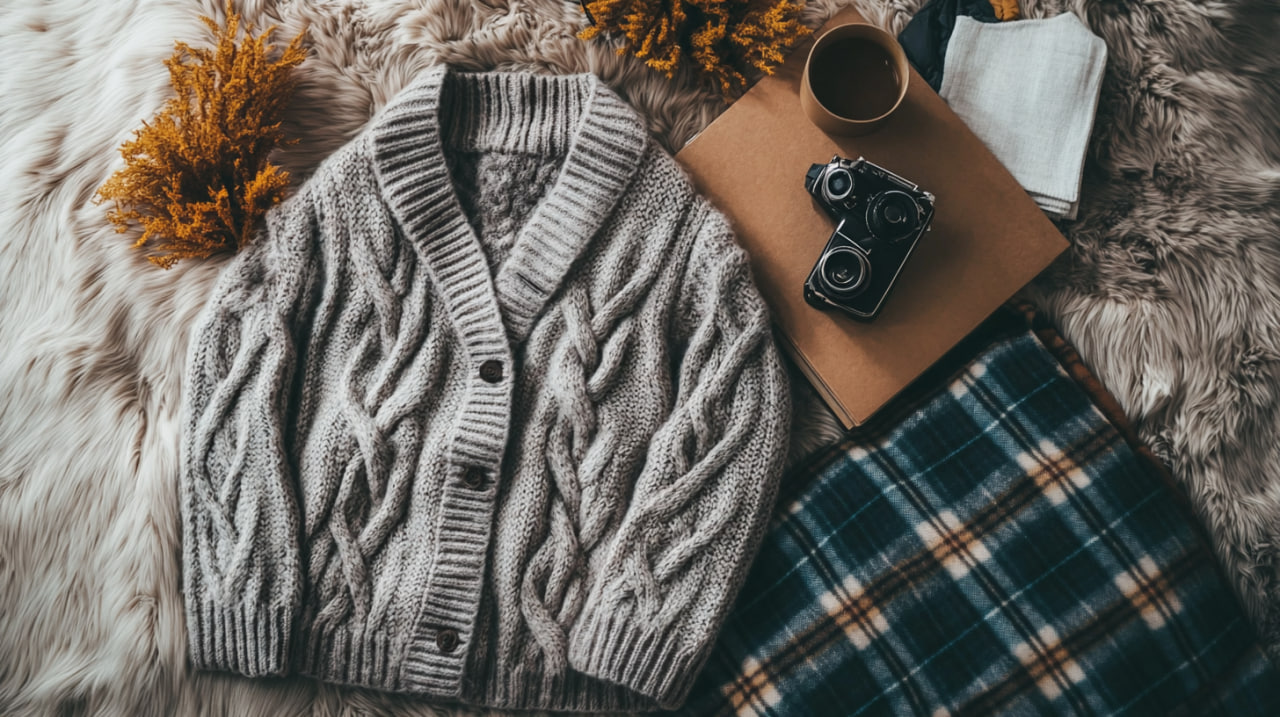
For centuries, wool has been one of the most treasured natural fibers in clothing and textiles. Known for its warmth, durability, and versatility, wool has played a crucial role in fashion, industry, and culture. From ancient civilizations to modern high fashion, this fiber continues to be a staple in wardrobes around the world.
The Origins of Wool
The history of wool dates back thousands of years. Evidence suggests that sheep were domesticated as early as 10,000 BCE in Mesopotamia, where early civilizations used their woolly coats for warmth and protection. By 3,000 BCE, the Babylonians had developed sophisticated techniques for spinning and weaving wool, establishing an industry that would spread across Europe and Asia. In medieval Europe, wool became one of the most valuable commodities, fueling the economies of countries such as England and Spain. Wool trade brought immense wealth, and many European cities flourished due to its production and export. In the 16th and 17th centuries, Spain’s Merino sheep were highly sought after for their fine, soft wool, which was reserved for royalty and the wealthy elite. The Industrial Revolution of the 18th and 19th centuries transformed wool production, introducing mechanical looms and spinning machines that increased efficiency and accessibility. By the early 20th century, wool had become an essential fabric in both everyday clothing and military uniforms, prized for its insulating properties and durability.
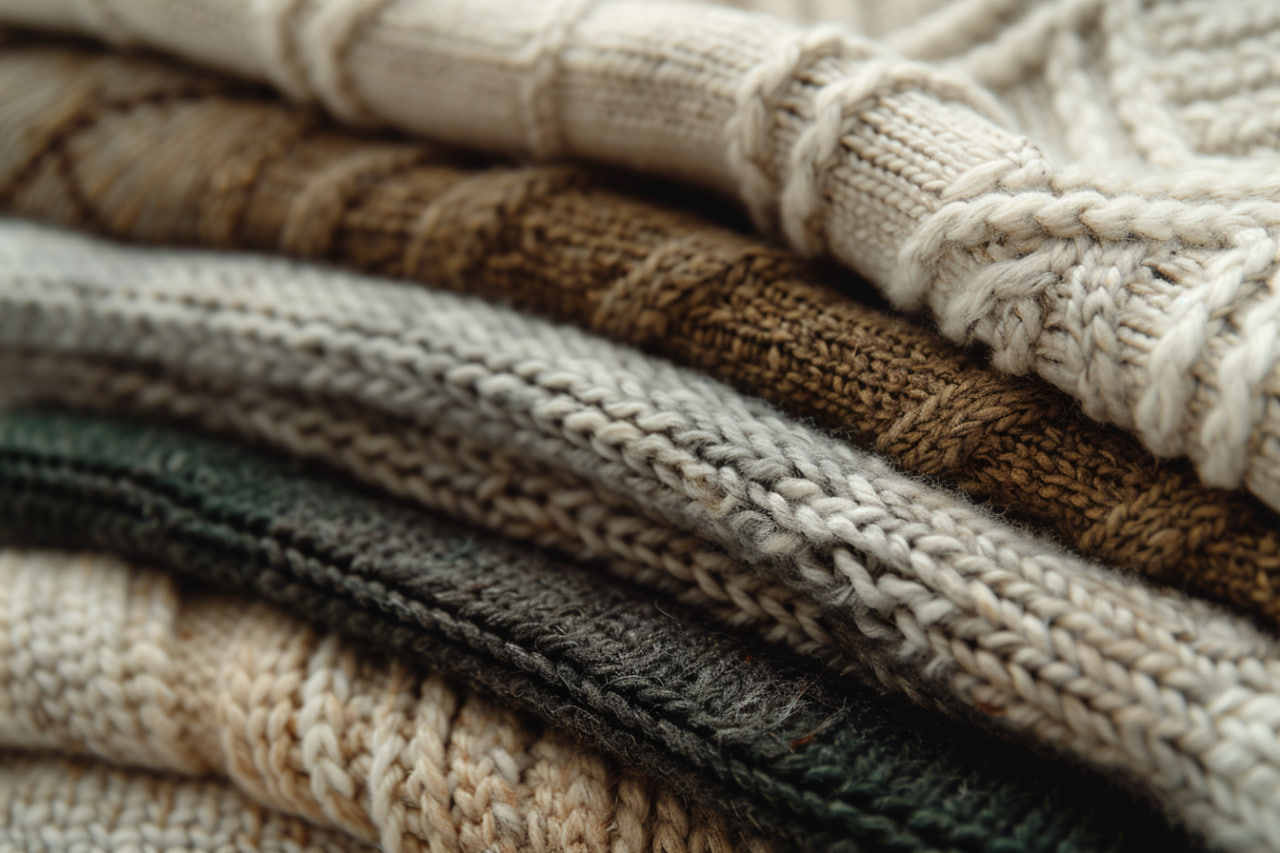
Wool in Today’s Fashion
Despite the rise of synthetic fibers, wool remains a favorite in the fashion industry. Designers appreciate its natural elegance and versatility, incorporating it into everything from classic suits to contemporary streetwear.
Luxury Fashion
High-end brands like Chanel, Burberry, and Prada frequently use wool in their collections, from structured coats to tailored trousers and fine-knit sweaters.
Streetwear and Casual Fashion
Wool has found a place in modern casualwear, with brands like Patagonia and Uniqlo using Merino wool for lightweight, breathable sweaters and base layers.
Sustainable Fashion
With the growing emphasis on eco-friendly materials, wool is experiencing a resurgence as a sustainable alternative to synthetic fabrics. Many brands are now focusing on ethical wool sourcing and organic farming practices.
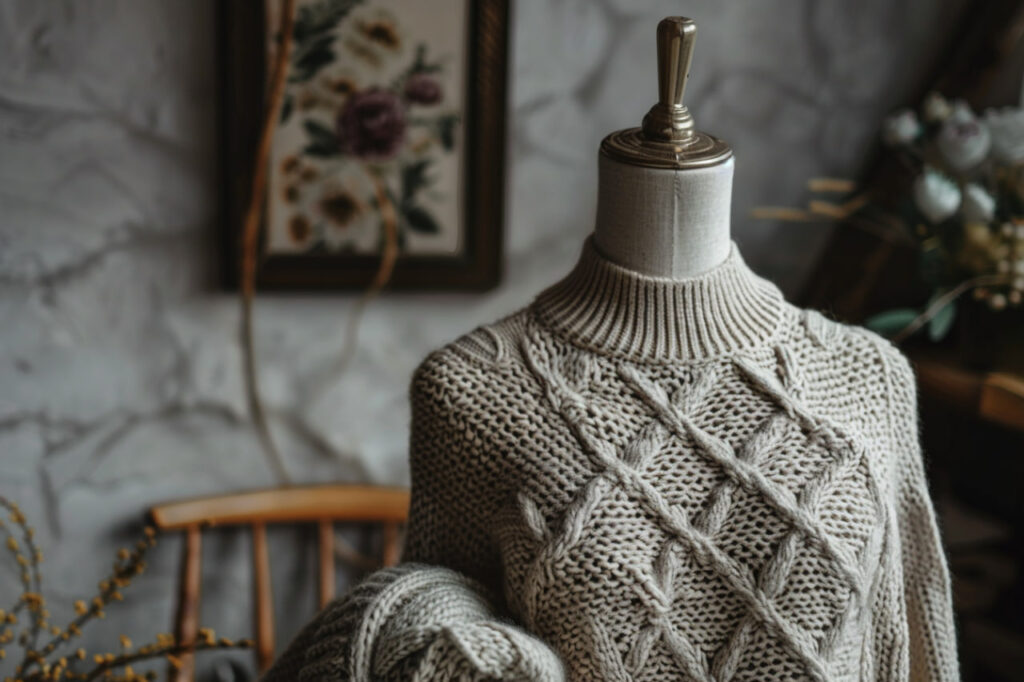
Traditional and Cultural Wear
From Scottish kilts to Peruvian alpaca wool ponchos, wool continues to be a significant part of traditional garments worldwide.
The Comfort and Practicality of Wool
One of wool’s greatest strengths is its ability to provide warmth while remaining breathable. Unlike synthetic fibers, wool naturally regulates body temperature, keeping wearers warm in the winter and cool in the summer. It is also moisture-wicking, drawing sweat away from the skin, which makes it ideal for activewear and outdoor clothing. Merino wool, in particular, has gained popularity for its softness and lightweight properties, making it comfortable to wear directly against the skin. Unlike traditional coarse wool, Merino wool does not itch and is often used in base layers, socks, and everyday knitwear. Wool is also highly durable, capable of retaining its shape even after years of wear. Its natural elasticity allows garments to stretch and move with the body, making it a preferred choice for tailored clothing and performance wear. Additionally, wool is odor-resistant and antimicrobial, making it an excellent fabric for long-term use.
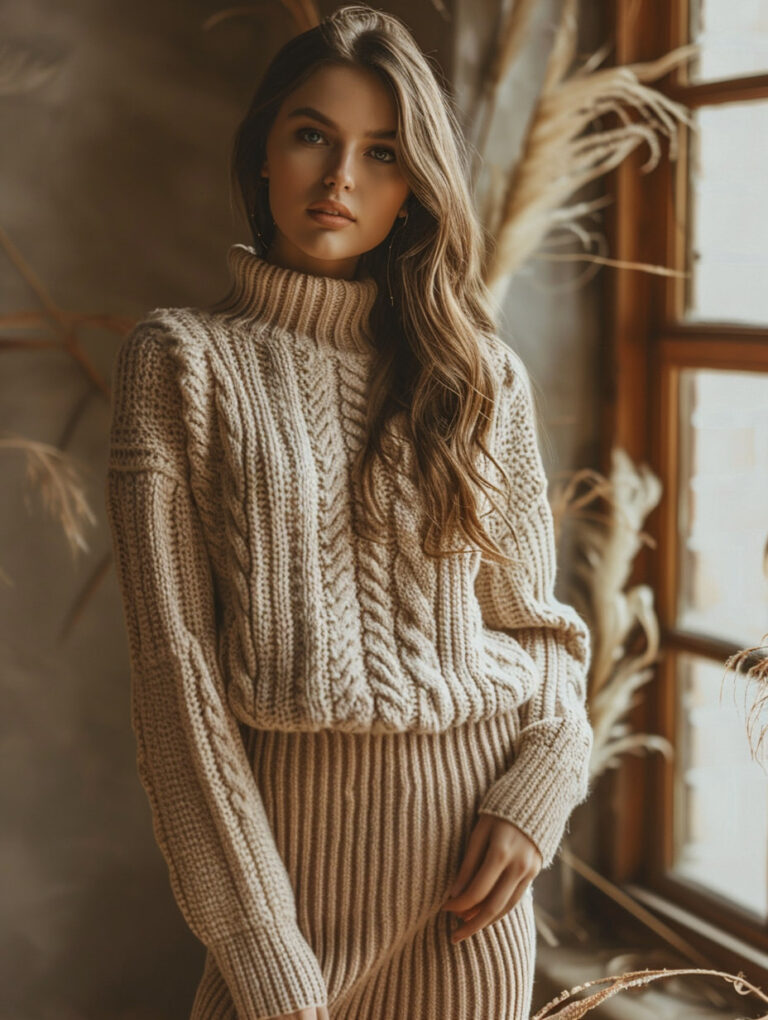
Wool’s Many Designs and Uses
Wool is used in a variety of clothing and textile designs, each serving a different purpose:
Chunky Knits
Oversized wool sweaters and scarves remain winter fashion staples, offering both warmth and style.
Fine Wool Suits
Wool suits are favored in professional and formal attire for their elegant drape and breathable nature.
Coats and Outerwear
Wool’s insulating properties make it ideal for peacoats, trench coats, and blazers.
Blankets and Home Textiles – Beyond fashion, wool is a staple in home design, used for warm blankets, rugs, and upholstery.
Wool Felt Accessories
From hats to handbags, wool felt is used in various accessories due to its soft yet structured feel.
The Future of Wool
As sustainability becomes a primary concern in fashion, wool is gaining renewed interest for its biodegradable and renewable qualities. Organizations like The Woolmark Company and Sustainable Wool Initiatives are promoting responsible wool production, ensuring ethical treatment of sheep and environmentally friendly processing methods.Additionally, new technologies are enhancing wool’s capabilities. Innovations in wool treatment allow for machine-washable and shrink-resistant wool garments, making them more practical for everyday wear. Blended fabrics, combining wool with cashmere, silk, or synthetic fibers, are also creating softer, more versatile textiles.
A Fabric That Stands the Test of Time
Wool has remained a staple in fashion for thousands of years, proving its unmatched combination of comfort, durability, and elegance. As Coco Chanel once famously said, “Fashion fades, only style remains the same.” Wool exemplifies this sentiment—whether in a classic coat, a cozy sweater, or a high-fashion ensemble, it continues to define timeless style. With its rich history and promising future, wool is more than just a fabric—it is a testament to the enduring relationship between fashion and nature. As consumers seek both comfort and sustainability, wool will undoubtedly remain a cherished material for generations to come.

No sewist wants to talk about it—but every sewist does it………
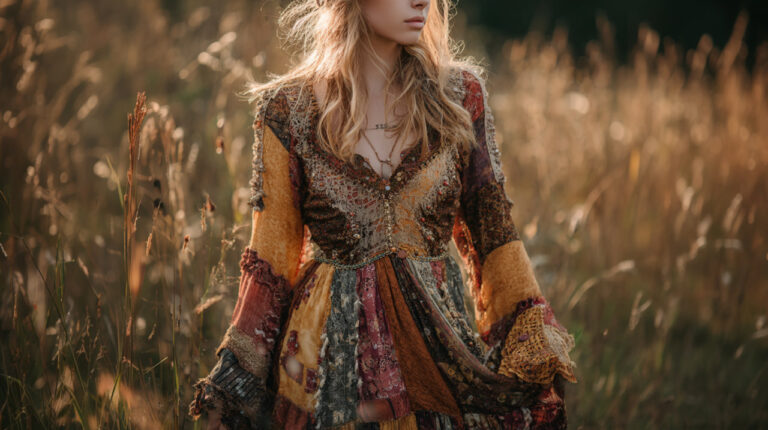
You’ve carefully cut the fabric. You’ve followed every step of the pattern instructions. ……